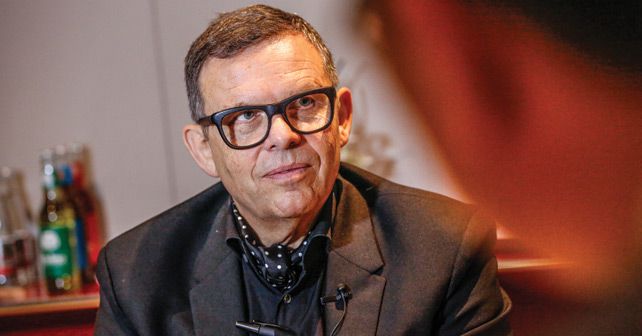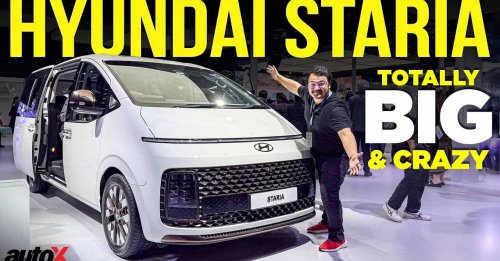
Peter Schreyer is one of the most respected car designers of our time. He is currently President and Chief Design Officer of the Hyundai Motor Group, which consits of both Hyundai and Kia. His move to Kia in 2006, after 25 years at the VW Group, was considered quite a coup for the Korean manufacturer. We sat down with him to talk about how Kia is preparing for its Indian launch a couple of years from now.
Have you been to India?
When we enter a new market, it’s important for me to visit the region to understand how people live, learn about their demands and what they want in a car. So, it was very important for me to visit recently. It’s a different world, but the people are kind and very nice.
Have you got any feedback from your team as to what Indian customers want?
Yes, and we’re working on cars that are especially designed for the Indian market. I asked my guide at the Taj Mahal about his dream car, and he simply said it’s an SUV. Of course, we need to look into it some more – but, for me, it says a lot.
When you’re developing a new global model keeping India in mind, which might have different needs to the global market, how do you manage both those demands?
Every car that I do, I always want you to be able to recognize it as a Kia or a Hyundai. And the other thing is that I to do in the way that I would also want to drive it. I only want to do cars that I can see myself in, and be proud of. Yes, there are cost restrictions when making a product for the Indian market, but I still want to make a product where people recognize that we’ve thought about them – that we care.
What’s the difference in the design philosophy between Hyundai and Kia?
We try to differentiate the two companies through the brand character. Hyundai is more like the charismatic leader, because it’s the mother company, and Kia is more the youthful challenger. So, Kia is a bit more vibrant and Hyundai is a bit more classic. Hyundai has a more sensuous form language, so Hyundai is more like a drop of water. So, if you think of how nature forms a river stone. In our design manifesto, Kia is a little more tech driven. Kia is more like a snow crystal, which is more of an architectural object. So, for Kia, we always stress on the simplicity of the straight line – something that is very clean, clear and architectural, whereas Hyundai is a bit more sensuous.
Kia has a history of building family cars, whereas the Stinger reflects a completely different direction for the brand. Can you tell us something about this transformation?
This Stinger is a very emotional flagship. But, at Kia, we do some very emotional products. Sure, we’ve got everyday cars, but if you look at the Sportage, or the Optima, or the GT versions of the Cee’d for example, they are very emotional. At the upper end of the scale, we now have the Stinger showing the capability of Kia – and we’re all very proud.
When you go to a new market like India, how much do you listen to what the customer tells you about what they want today versus where you think the market will evolve to in two years time?
It needs the fantasy and creativity of designers to think a little bit ahead, because you know in a clinic test or a focus group you can only find out what people like today, but they cannot tell you what they want tomorrow. So, we have enough freedom for ourselves. It’s the old saying, if Mr Ford would have asked his customers what they need they would have said a faster horse.
With the advent of EVs and autonomous cars, will we see some of the variety and individuality in the shapes of cars disappearing in future?
I don’t think so. The auto industry is going through a big change at the moment. But I’m convinced that we’ll continue to see different shapes in future. A car is different to a smart phone. You will still have cars for two people, or four, or seven. You will still have something that’s rugged and more practical, or something that’s more emotional, or something that’s more luxurious. So there will still be a variety of possibilities that will give these products a different character.
There has not been a time in car design where there is so much change and innovation as there is at the moment. Car design has always developed step-by-step in all its 125 years or so, and now suddenly there’s a revolution going on. It’s very interesting!























Write your Comment